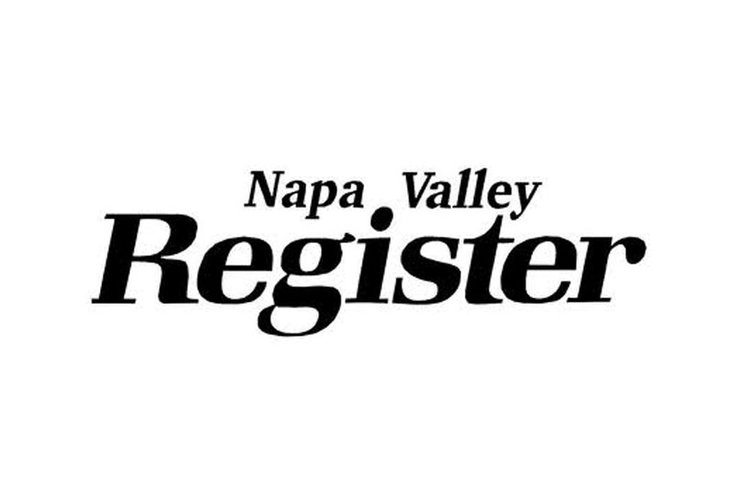A Letter to the Editor by Linda Kerr, May 27th, 2018
"Deception: noun. Per the Merriam-Webster dictionary - "the act of causing someone to accept as true or valid what is false or invalid."
The No on Measure C campaign of deception continues. They troll in the gutter for new ways to deceive the voters. “Event centers”, “traffic” – they know these words and all of their deceptions invoke strong negative emotions for many in the community. And they know these assertions are false.
Their mailers have included the name of a strong and outspoken supporter of the Yes on C campaign. And a deceased individual. And those that were neutral. Deception.
And now the latest mailer, makes it appear, in an oh so subtle sleight of hand, that the Napa Land Trust is against Measure C. The Land Trust is neutral. Deception strikes again.
They will say and do whatever it takes to make sure you are confused and dissuaded from supporting your own best interests. Don’t let them. Know the facts.
What will your 'yes' vote on Measure C do? It’s as simple as one, two, three. It will:
1. Place a cap on oak woodland removal. Current county practice places no limits on removal – the result, clear cutting of hillside oaks has become business as usual.
2. Increase water quality buffer zones along streams and wetlands.
3. Increase oak tree replanting.
Together, this will protect the quality and quantity of water flowing to our reservoirs and groundwater aquifers.
Don’t let deception guide your choice. Water is a limited resource. Say “Yes” to a more secure, stable, and cleaner water future for us, for our businesses, for our agriculture.
Linda Kerr
Napa










